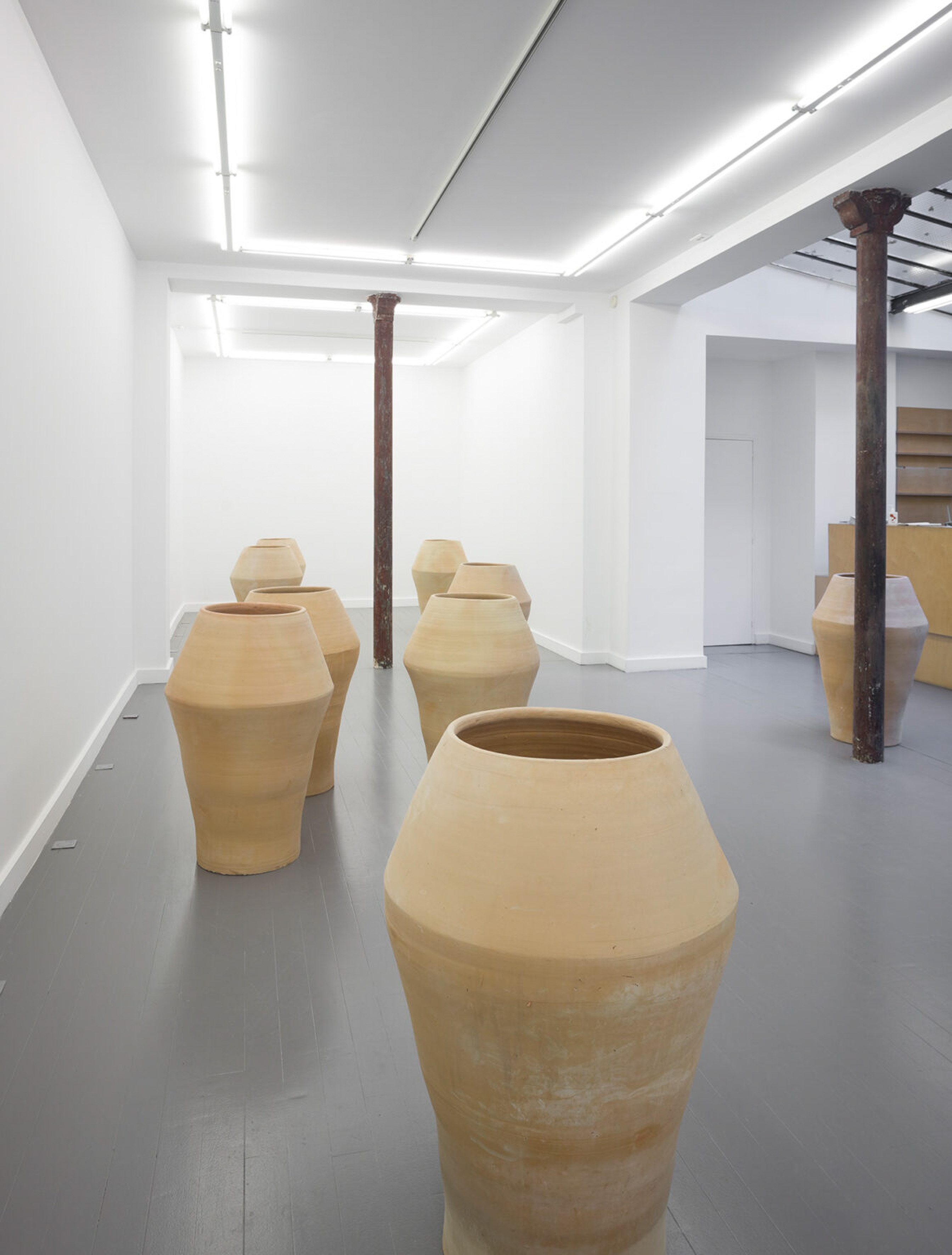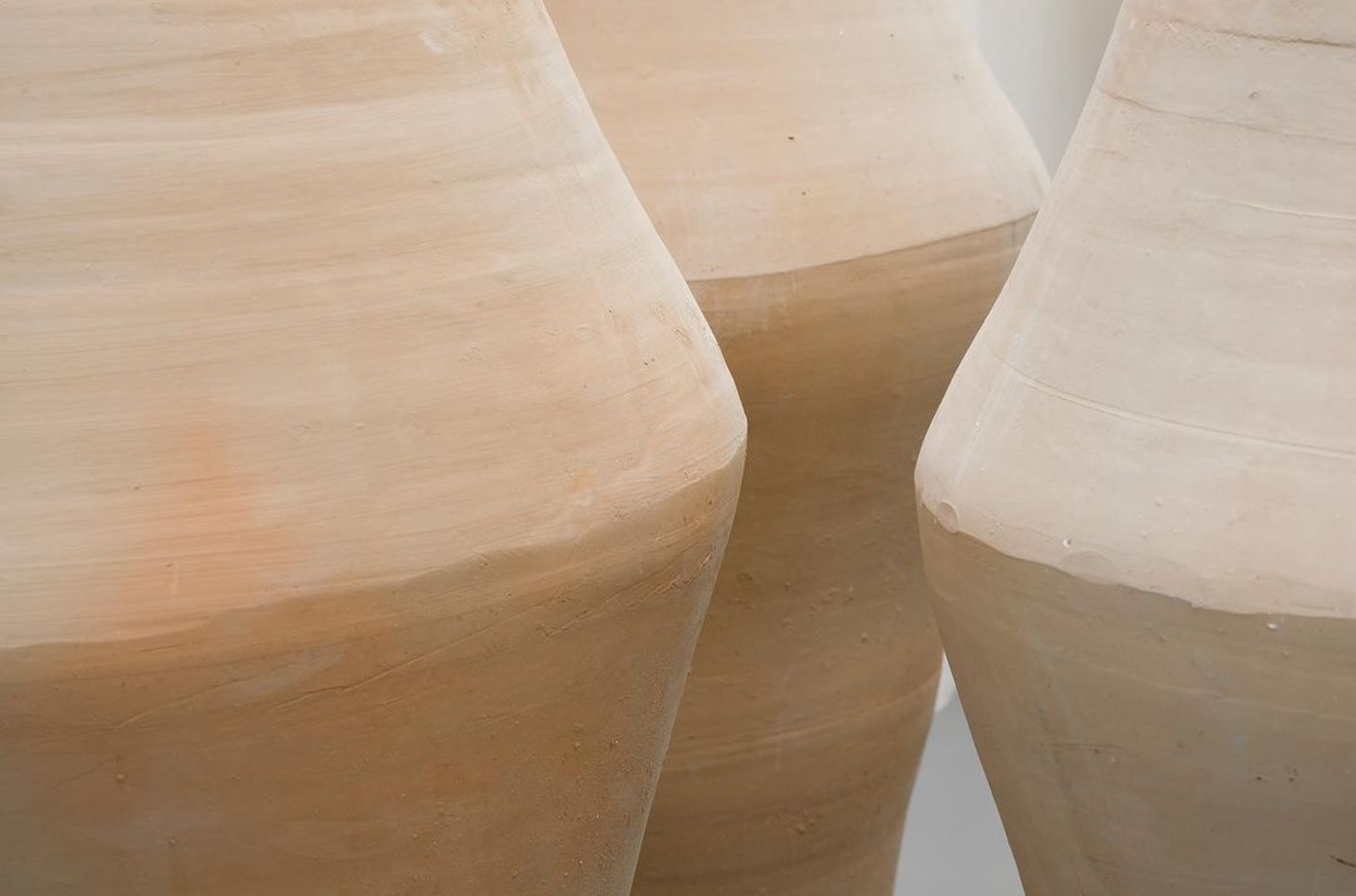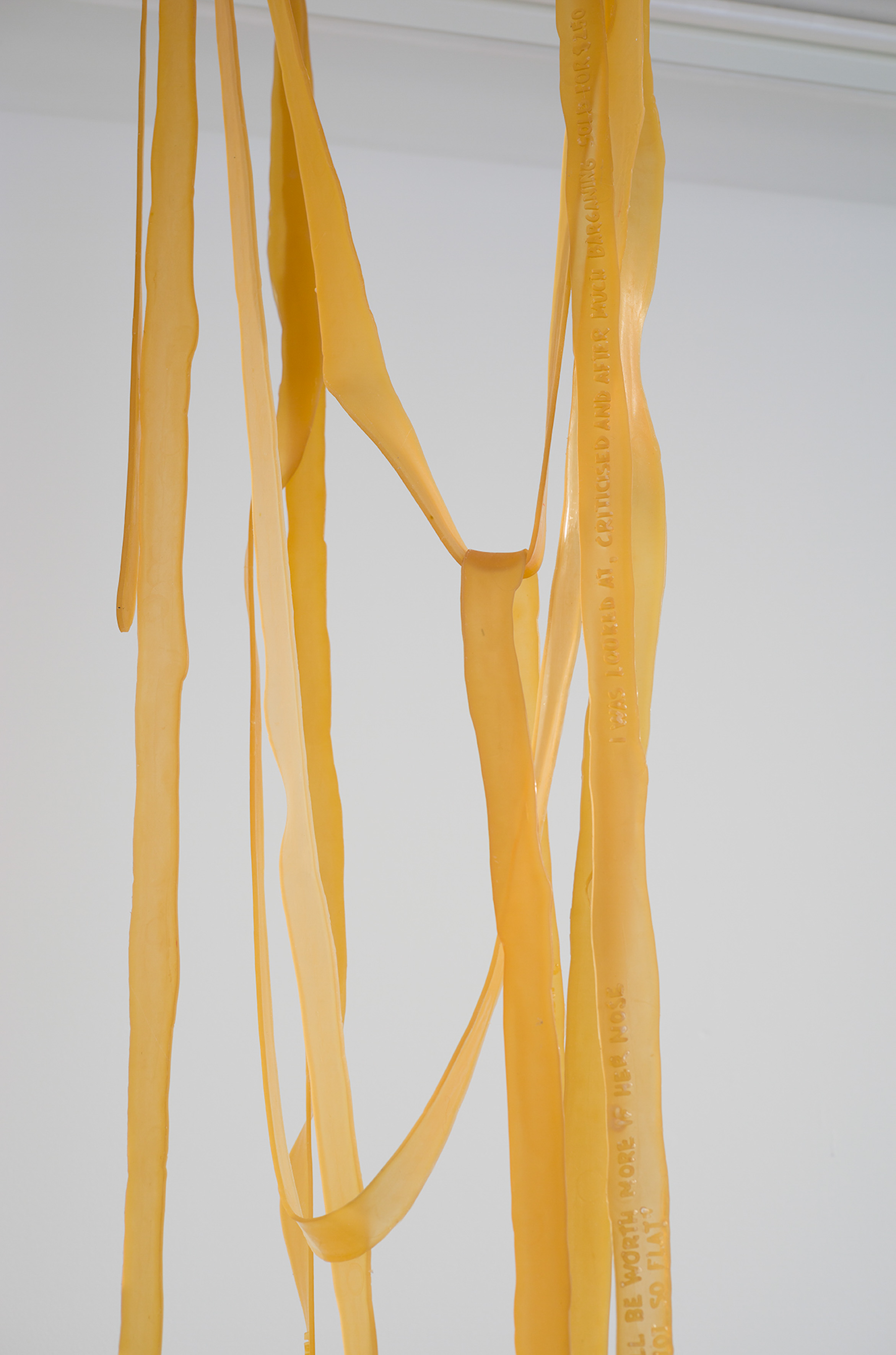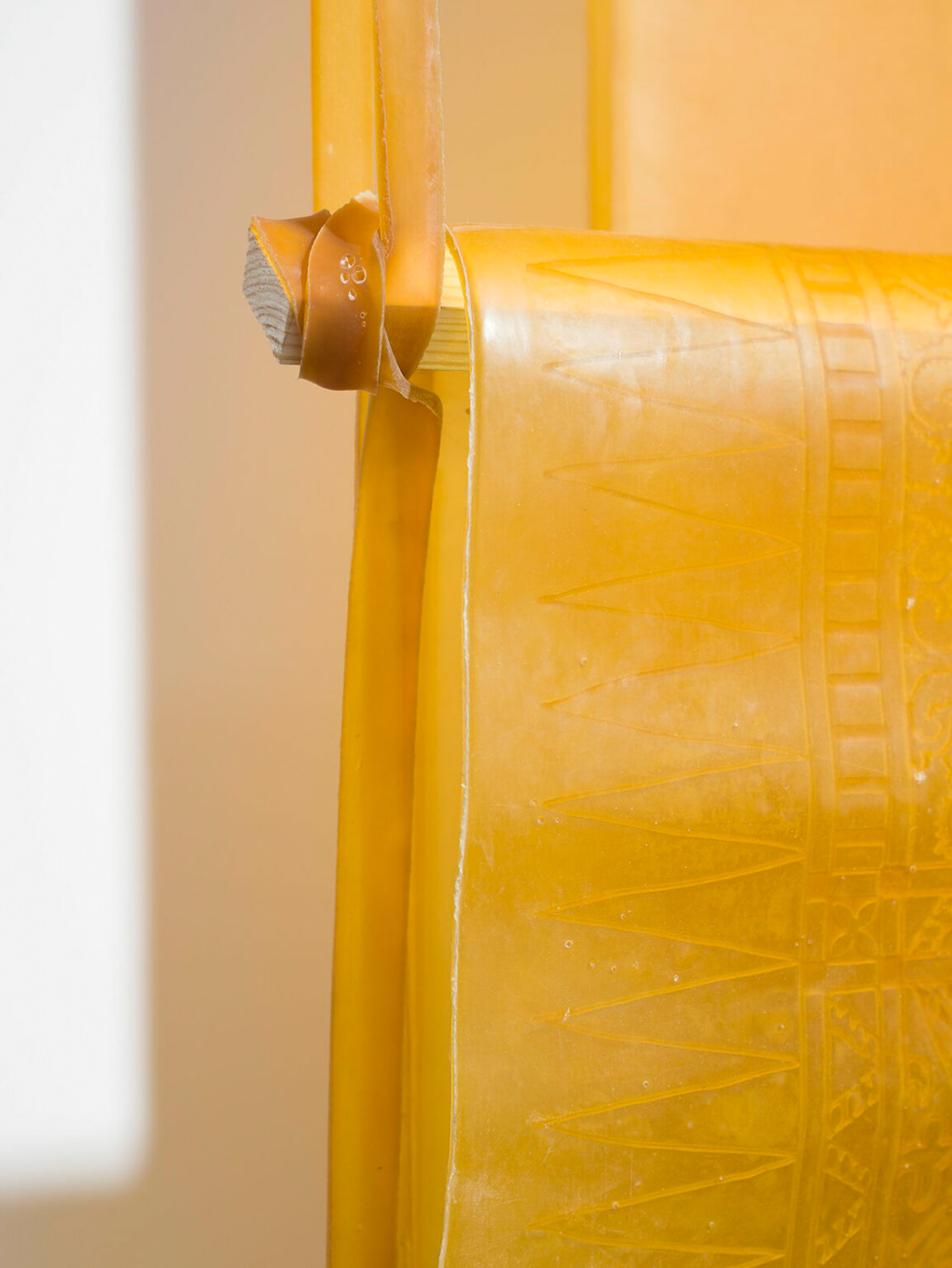YYYYMMDD >>> BACK HOME <<< >>> SELECTED FEATURES <<< >>> HIDDEN ARCHIVE <<<
[20220317]
TREES ON LAND by ROSSELLA BISCOTTI at MOR CHARPENTIER [from 20220217 to 20220402]
[Photos: mor charpentier]





















For her first solo show at mor chaprentier, Rossella Biscotti presents a series of works that trace the subjective journey of organisms — human, animal or vegetable — through both real and fictional accounts. The artist explores events that reveal changing value systems, and how they are produced and consumed. Sites that have been used for confinement and marked by different forms of mining and exploitation are often the backdrop of her explorations.
In the works on show, Biscotti engages in a process of translation by which the materiality of the art object is invested of complex biographical traces.
The exhibition opens with Trees on land, an installation revolving around the activity of microorganisms. In 2013, xylella fastidiosa (considered one of the most dangerous plant bacteria in the world) was first detected in the lower part of the Apulia region in Italy. The infection limits the tree’s ability to move water and nutrients, causing it to wither and die over time. With no known cure in sight, the effects of the pathogen’s dissemination are proving to be devastating to the olive trees in the region: around 6.5 million of them were reported infected, which requested their eradication in an attempt to contain the spread. As a result, farmers started to burn their trees, in the beginning due to unclear and contradictory directives from the local government, and later on to get rid of them; the price of olive wood had dropped so low that it wasn’t even worth selling anymore.
Biscotti started by collecting the ashes of burnt olive trees, separating them and organizing them by location, thus creating a sort of subjective mapping of the epidemic. She made large urns, one per tree, by mixing the ash with clay. Each ceramic, thrown on the wheel and fired in an olive wood kiln of a traditional local workshop, has been inscribed with the GPS coordinate of the tree’s position on the land, connecting this new object with its previous life. The ashes disappeared leaving empty spaces and minor traces on the surface of the object, visible to the naked eye as blemishes or discoloration but which actually reflect the mineral composition of the ash.
We find a similar process of transformation at work in Biscotti’s « rubber works » (2019-2022) on show in the basement of the gallery. Inspired by The Buru Quartet (1980-1988), a literary series by Pramoedya Ananta Toer that recounts stories of oppression and dissent set in South-East Asia in the early twentieth-century. First composed as oral narratives during the author’s imprisonment in the Malukan island of Buru, the novels include various accounts of female experience under colonial rule, exploring how nationhood has been narrated through the bodies of women.
By extrapolating references to textiles in the books, Biscotti produced a series of rubber-based pieces, each embodying a character’s history. One of them is Surati, who contracts smallpox voluntarily in her efforts to escape subjugation as a concubine under Dutch colonialism. Princess of Kasiruta, on the other hand, receives military training as her means of resistance in the face of colonial power, and is then exiled to Java.
Maiko depicts the sculpture-portrait of a Japanese prostitute who was forcibly transported across the region and sold into slavery. Biscotti began looking into the network of sex trafficking that Maiko’s story was based on. Drawing from archival records including police transcripts, she transferred excerpts from several women’s oral accounts onto natural rubber — itself a product of histories of forced migration, crop substitution and indentured labour.
Both works presented here create a system of substitution — that is both lyrical and violent. In Trees on land (2021) the dead trees disappear and are replaced by a negative sign, while in Maiko (2022) the absent female body addresses the patriarchal claims to property that are at work in systems of oppression.
[Text: mor charpentier]
©YYYYMMDD 2021 All content and design by Daniela Grabosch + Ricardo Almeida Roque unless otherwise stated. Images, Videos and Texts can only be used under permission of the author(s).